- The Bubalus or Hunting period (engravings) from 12,000 to 7,500 years ago.
- The Archaic or Pre-pastoralist (or Roundhead) period (painting) from roughly 10,000 to 6,000 years ago.
- The Cattle period (both engravings and paintings, cattle dominates depicted animals) from 7,500 to 4,500 years ago.
- The Horse and Chariot period from roughly 3,200 to 1,200 years ago (horses were introduced in 1,200 BC/3,200 years ago).
- The Camel period from 2,000 to 1,000 (or present) years ago (camels were introduced around 450 BC / 2,450 years ago).
The wadis of Gebel Uweinat are the sites where most of the rock art has been found, varying from engravings to paintings with white, red and yellow colours. In these wadis, in addition to the engravings and paintings, tool-sharpening marks and pottery have occasionally been found.
During our journey, we crossed the Great Sea of Sand and reached the northern Gilf Kebir from the eastern side. There we passed Gebel Almasy and crossed difficult stretches of dunes to the other side to reach Wadi Hamra. This wadi is one of the three wadis that Count Ladislaus Almasy claimed to form the legendary lost oasis of Zerzura (more information about this will be added to this website soon). This wadi is special in that it has reddish sand and a fair number of trees, to contrast the dark Gilf Kebir rocks, which makes it stunningly beautiful.
In this wadi, we visited three sites with rock art. One was on a hill in a side branch from the main wadi, with good views to all directions, possibly a good hunters spot to watch the animals from. Probably the site is the same as discovered by Friedrich Berger and party in 1998 (www.fjexpeditions.com).
Cow © Corine & Jurriaan
Ostrich © Corine & Jurriaan
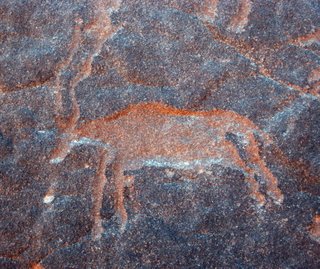
Ostrich © Corine & Jurriaan
A third site was along the wadi wall, not far from the 1st site, on our way out on the eastern side of the wadi, with very weathered engravings mostly low on the rock face. Probably the site is the same as discovered by Giancarlo Negro & party, 1991 (www.fjexpeditions.com).
All sites have only engravings, and the second site has also numerous tool-sharpening marks. There was neither pottery nor spearheads nor axes found, but we saw a possible grinding stone at the first site.
Most engravings show animals, such as giraffes, gazelles or antilopes with long or curley horns, cows or oxes with short horns, dogs, ostriches and possibly one elephant. Only some engravings represented human figures.
Although most of the rock art in Uweinat and other wadis of the Gilf Kebir are from the Cattle period, we think that these engravings are from the hunting period and therefore likely to be older than 7,500 years and younger than 10,000. Giraffes and gazelles are mostly seen but there are also scenes that look like hunting scenes with dog-like figures running around them. Cows, indicative for the cattle period, are relatively rare.
This section on rock art will be updated these coming weeks with more on rock art in Uweinat and southern wadis of the Gilf Kebir.
References
Scott, C., 2004. Sahara Overland - A route and planning guide. Published by Trailblazer publications, Hindhead, 672p.
Vivian, C., 2002. The Western Desert of Egypt. The american University in Cairo Press. Cairo, 426p.
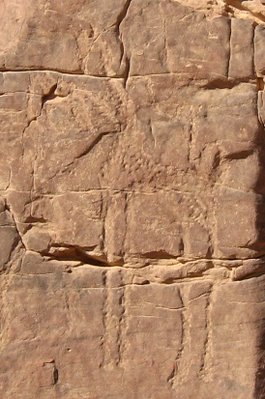
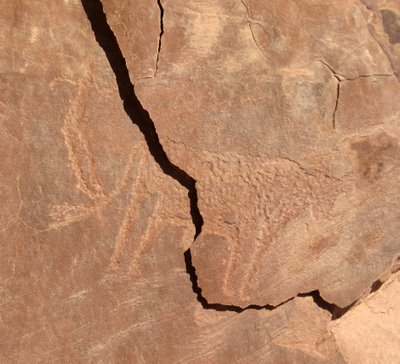

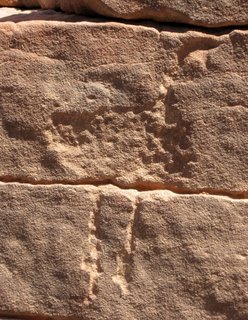
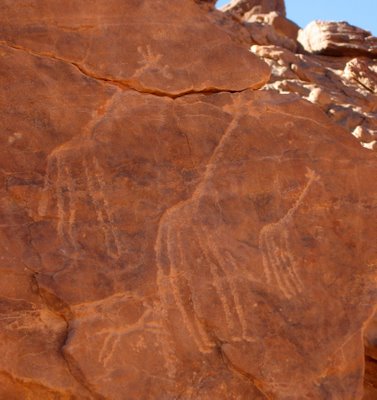
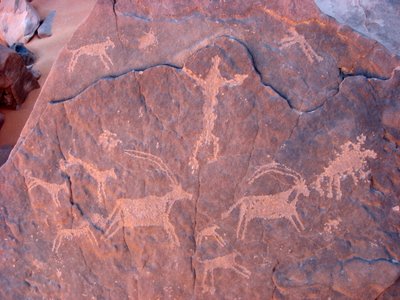
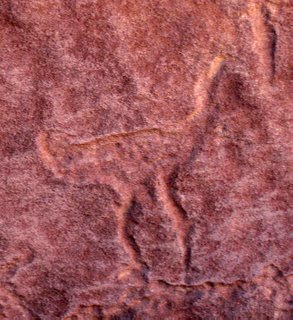




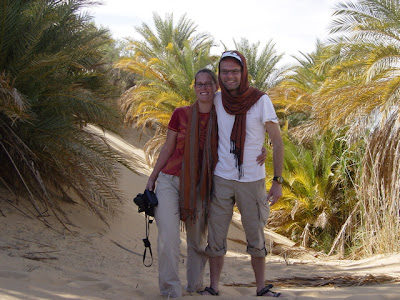
No comments:
Post a Comment